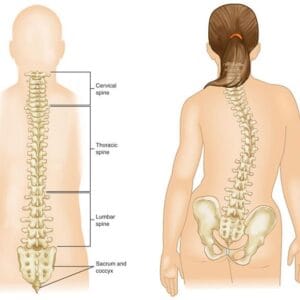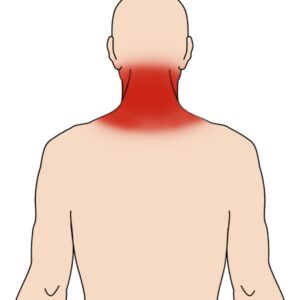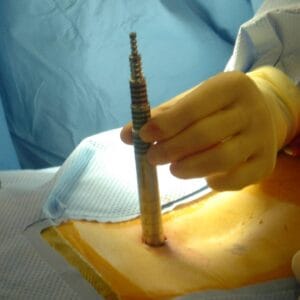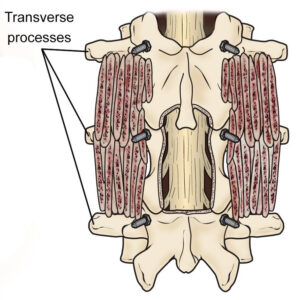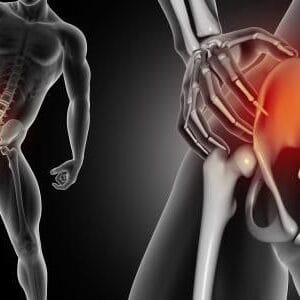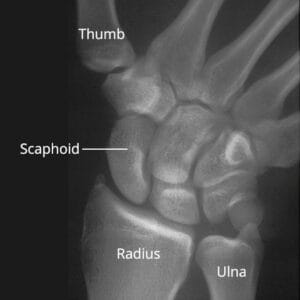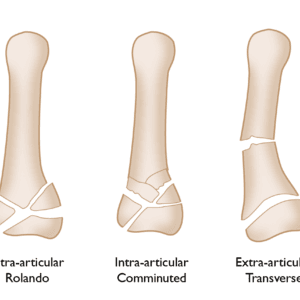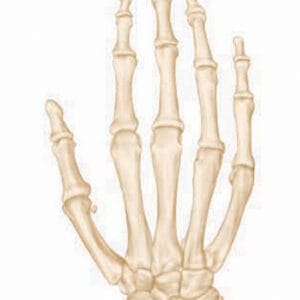Understanding Pediatric Idiopathic Scoliosis: Causes, Symptoms, and Treatment Options
Patient information SpinalRephrased Paragraph Idiopathic scoliosis is a condition characterized by an abnormal sideways curvature of the spine, commonly seen in children and adolescents. While there are multiple forms of scoliosis, idiopathic scoliosis—where the cause remains unknown—is by far the most prevalent. The majority of idiopathic scoliosis cases emerge between the ages
Understanding Pediatric Idiopathic Scoliosis: Causes, Symptoms, and Treatment Options Read More »

